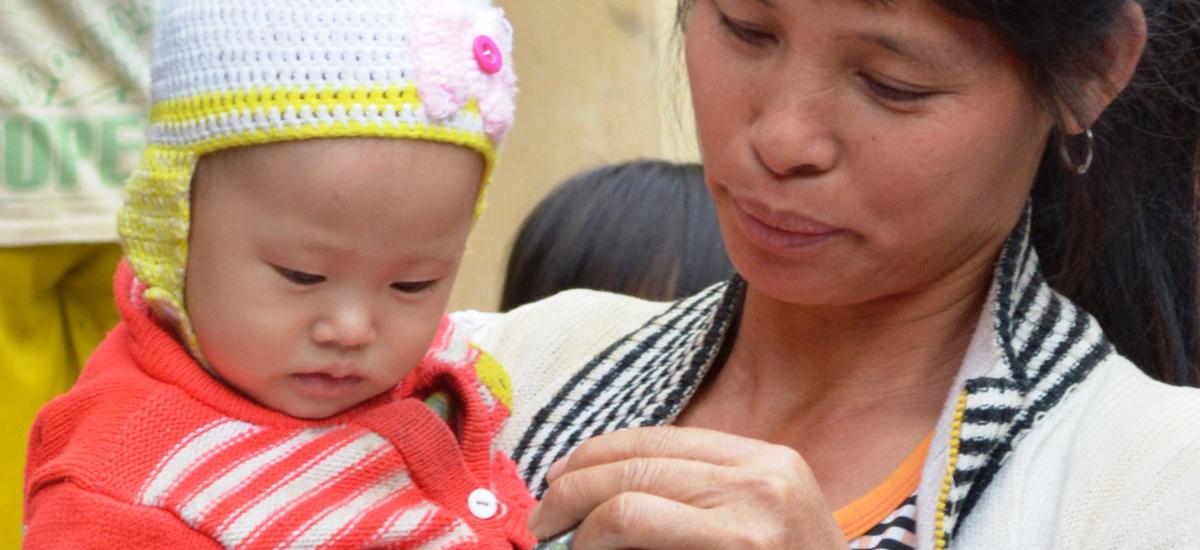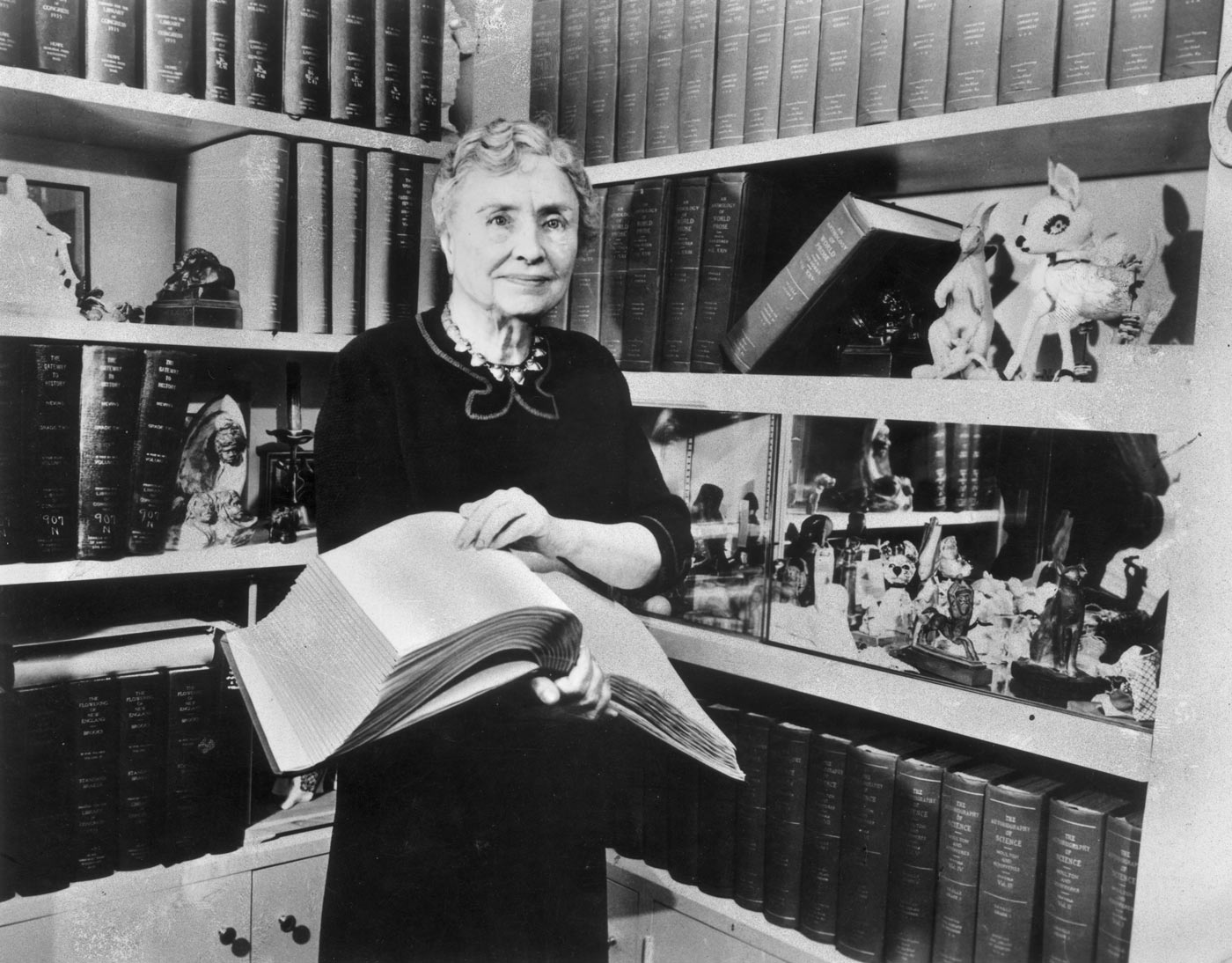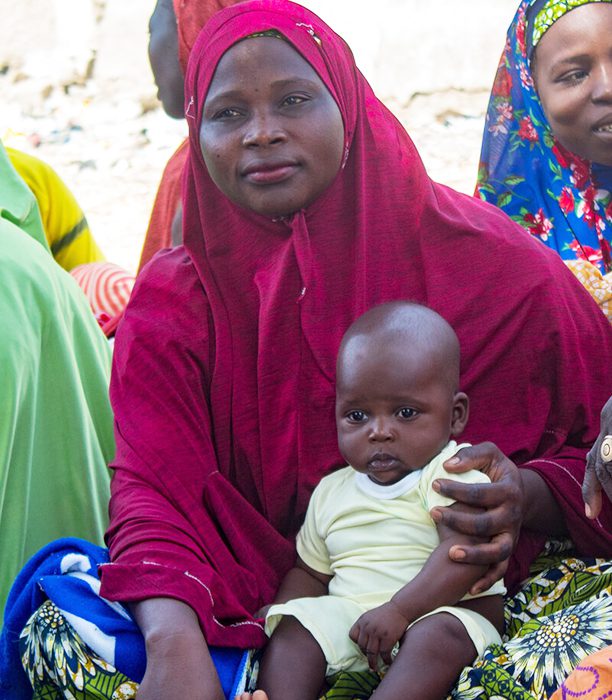
Planting the Seeds to End Chronic Malnutrition
You cross a divide traveling four hours outside of Hanoi, Vietnam, an urban metropolis with an airport more modern than those in New York City. The city hums with the engines of commerce, the motorbikes and cars vastly outnumbering bicycles and foot traffic. A five-star hotel rises into the sky, as does a pristine, glass-windowed shopping mall.
You travel west along a two-way road, leaving the traffic and city center, and the signs of old Vietnam appear. First water buffalo, which amble down the road in disregard of the cars, trucks and buses. The roads carry with them electricity, and stretch like fingers across a landscape that gradually turns rural. The stores, gas stations, homes and buildings lining the roads gradually become more spread apart, as fields of rice emerge, carved and flooded in neat rectangles.
Impossibly steep mountains suddenly rise from the plains, their flanks stripped of trees where rows of tea bushes and corn grow. The road twists and turns as it crosses the mountains and deposits you in a village in the floor of the valley of Son La Province. You walk down a muddy road that becomes impassable except to the children who stream by in droves atop bicycles. As a foreign visitor you draw friendly stares and laughter, for you are as uncommon here as an elephant.
It is peaceful and the view expansive. You might call it idyllic. Underlying this beauty, however, is poverty. Its stubborn and harsh markers perhaps not immediately apparent: malnutrition, alcoholism, drug abuse, HIV/AIDS, environmental degradation. Growing amidst this reality, in defiance to it, is a garden. It produces cabbage and kohlrabi, green melons and papaya — vegetables and fruits that were once uncommon.
This garden grows at the hands of a woman, a mother of two young children. With agricultural training and inputs like improved seeds, she’s transformed this plot of land into a Village Model Farm through which she demonstrates what she has learned to other mothers. The garden provides foods rich in vitamins and minerals that will help her children grow, learn and thrive.
Through cooking demonstrations, led by a Village Health Volunteer, she and other mothers learn how to incorporate the foods into their children’s diet using simple recipes. They also learn about hygiene and sanitation, and how to protect their children against disease.
The garden is a catalyst, a tiny spark — a quiet and humble revolution in the fight against poverty. It grows just as stubbornly, and in soil made less harsh through compost and raised beds. The garden’s saplings are sold to neighbors, which produces income and spreads this quiet revolution to other homes, as the farming techniques spill across fences.
Breaking the cycle of poverty in rural communities is difficult, but it can begin with a spade breaking the soil. It is about crossing a divide, sharing knowledge, inputs and techniques that can boost yields and the quality of the food that is grown and how it is consumed. It is about ending chronic malnutrition that robs children of the ability to reach their full potential. It is about planting a seed that can grow and bear fruits for generations.




